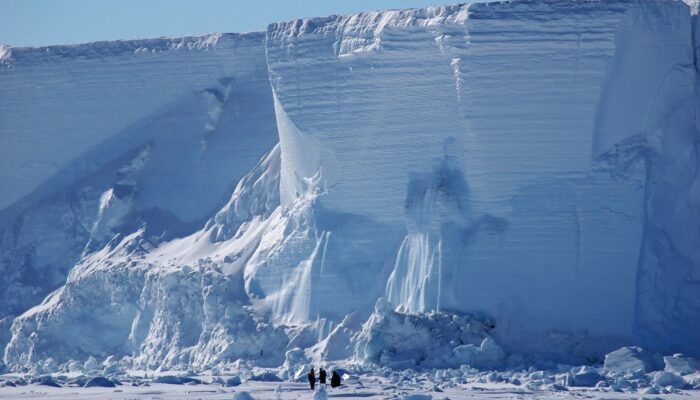
This was taken during a study, undertaken by me and my colleagues, on the sea ice of McMurdo Sound, Antarctica. We designed the project to document how supercooled water carrying suspended ice crystals flows along its pathway towards the open ocean. Ultimately, this work aims to assess the Ross Ice Shelf’s contribution of local melt to the long-term trend of increased sea ice cover around Antarctica – a signal which has been dominated by expansion in the Ross Sea.
However, over the winter prior to the field season an iceberg, 12 kilometres long and 1 kilometre wide that had calved from the Ross Ice Shelf, grounded itself across the middle of our intended study region. This created a significant constriction to the flow, as the iceberg forced the approximately 30 km-wide plume to squeeze into half of that space.
We quickly modified the objectives for the field season to take advantage of this, adding an element focusing on the fluid dynamics of accelerated large-scale flow around the tip of the iceberg, and another on the thermodynamics of the supercooled plume interacting with a deep wall of ice. These adjustments to our study required drilling several holes through the sea ice along lines that approached the iceberg from two different directions to collect the necessary oceanographic data.
The iceberg towers about 40 m above the frozen sea surface, with our field support team providing scale as they scope a route of safe approach. However, hidden from sight by the sea ice, the iceberg stretches a further 170 m below the surface to the point where it is grounded on the seafloor.
Conducting field science in Antarctica requires being able to adapt to a dynamic environment. In this case, our flexibility was rewarded with a unique data set – essentially a laboratory study in fluid mechanics on a real-world scale.
By Natalie Robinson, New Zealand National Institute for Water and Atmospheric Research (NIWA)
If you pre-register for the 2019 General Assembly (Vienna, 07–12 April), you can take part in our annual photo competition! From 15 January until 15 February, every participant pre-registered for the General Assembly can submit up three original photos and one moving image related to the Earth, planetary, and space sciences in competition for free registration to next year’s General Assembly! These can include fantastic field photos, a stunning shot of your favourite thin section, what you’ve captured out on holiday or under the electron microscope – if it’s geoscientific, it fits the bill. Find out more about how to take part at http://imaggeo.egu.eu/photo-contest/information/.
Imaggeo is the EGU’s online open access geosciences image repository. All geoscientists (and others) can submit their photographs and videos to this repository and, since it is open access, these images can be used for free by scientists for their presentations or publications, by educators and the general public, and some images can even be used freely for commercial purposes. Photographers also retain full rights of use, as Imaggeo images are licensed and distributed by the EGU under a Creative Commons licence. Submit your photos at http://imaggeo.egu.eu/upload/.

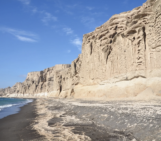
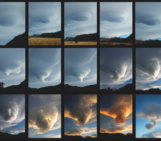
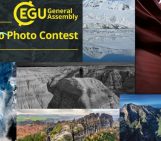
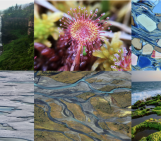
Elizaveta Kovaleva
Amazing picture and the story!